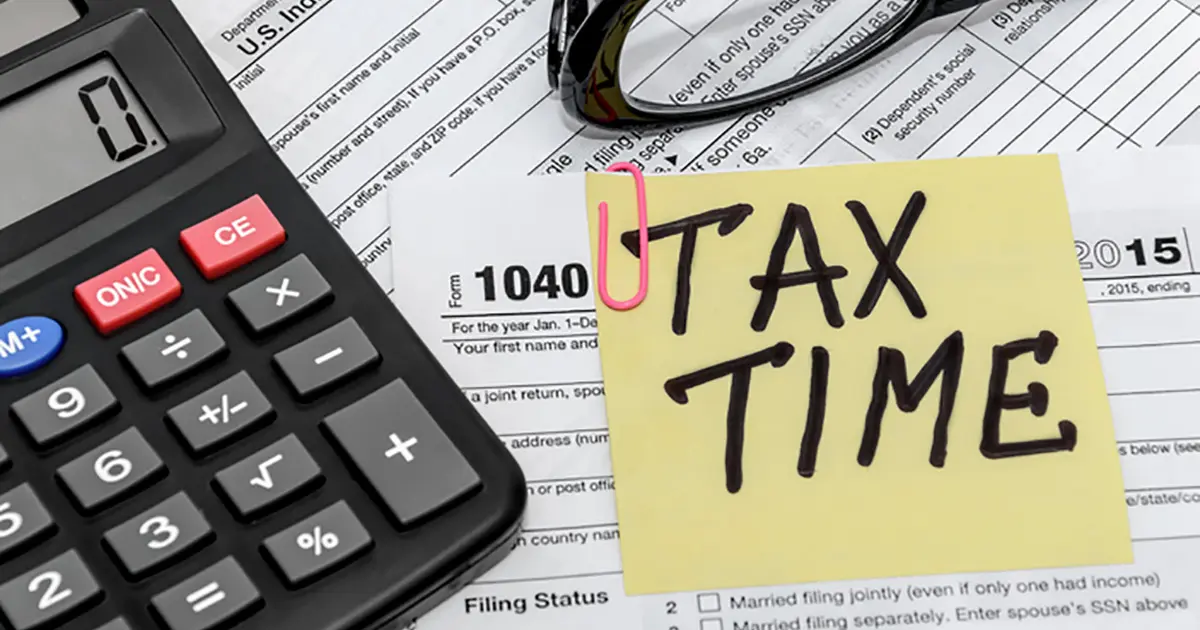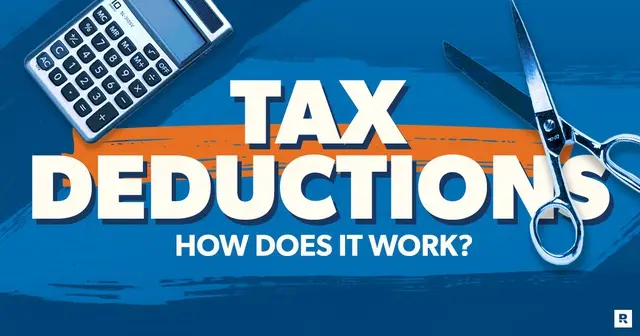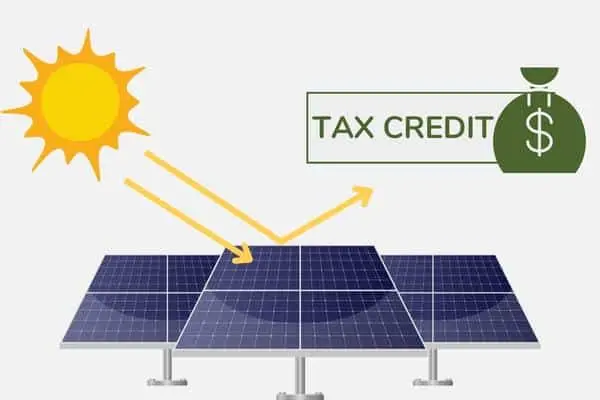Maximizing Your Tax Return: How to Get the Best Refund
Getting the best tax refund possible is something every taxpayer looks forward to, but maximizing your tax return requires more than simply filing your taxes. There are several strategies, deductions, and credits that can significantly increase the amount you get back from the IRS. This comprehensive guide will show you how to maximize your tax return and ensure you're making the most of available opportunities.
Understanding Tax Deductions and Credits
To maximize your tax refund, it's essential to understand the difference between tax deductions and credits. Both can reduce your tax liability, but they work in different ways.
- Tax Deductions: Deductions lower your taxable income, which in turn reduces the amount of tax you owe.
- Tax Credits: Credits reduce your tax bill directly, providing a dollar-for-dollar reduction in taxes owed.
| Type | Explanation | Example |
|---|---|---|
| Tax Deductions | Reduce your taxable income. | Standard deduction, itemized deductions (e.g., mortgage interest). |
| Tax Credits | Directly reduce the taxes you owe. | Child Tax Credit, Earned Income Tax Credit (EITC). |
Key Steps to Maximize Your Tax Return
1. File on Time and Avoid Penalties
- Filing your taxes before the deadline ensures you avoid unnecessary penalties and interest charges. You also gain the benefit of receiving your refund sooner.
2. Choose the Right Filing Status
- Your filing status can have a significant impact on your tax return. Depending on your situation, you may be eligible for different deductions or credits.
| Filing Status | Applicable Scenarios | Potential Benefits |
|---|---|---|
| Single | Individuals who are not married or legally separated. | Standard deduction for single filers. |
| Married Filing Jointly | Married couples who file their taxes together. | Larger tax breaks and eligibility for credits. |
| Head of Household | Unmarried taxpayers who support a dependent. | Higher standard deduction and potential tax credits. |
3. Maximize Deductions
There are several deductions that can increase your tax refund. Two of the most common types are:
- Standard Deduction: For 2025, the standard deduction for single filers is $13,850, and for married couples filing jointly, it’s $27,700.
- Itemized Deductions: If your deductible expenses exceed the standard deduction, you can itemize them. These can include:Itemized DeductionsExamplesHow It HelpsMortgage InterestInterest paid on a mortgage loan.Reduces taxable income if the loan is over $750,000.Medical ExpensesMedical costs exceeding 7.5% of your adjusted gross income (AGI).Lower taxable income and qualify for additional deductions.Charitable ContributionsDonations made to qualified charitable organizations.Reduces taxable income, making more money eligible for refund.
4. Claim Available Tax Credits
Tax credits directly reduce the amount of tax you owe. Some of the most popular credits include:
| Tax Credit | Description | Eligibility Criteria |
|---|---|---|
| Child Tax Credit | Up to $2,000 per qualifying child under age 17. | Must have a qualifying child. |
| Earned Income Tax Credit (EITC) | A refundable credit for low to moderate-income workers. | Must meet income limits and other criteria based on filing status and number of children. |
| American Opportunity Credit | Credit for up to $2,500 for education-related expenses. | Must be attending an eligible educational institution. |
5. Contribute to Retirement Accounts
Contributing to retirement accounts like a 401(k) or IRA can lower your taxable income, leading to a larger tax refund. For example:
- Traditional IRA: Contributions are tax-deductible, which reduces your taxable income for the year.
- 401(k): Contributions are made pre-tax, lowering your taxable income for the current year.
6. Track Your Taxable Income
Make sure all sources of income, including side jobs, investments, and freelance work, are properly reported. However, you can also take advantage of deductions and credits for certain types of income, such as:
- Self-Employment Tax Deduction: If you are self-employed, you can deduct your business expenses and save on taxes.
- Investment Income: Keep track of capital gains or losses to adjust your taxable income accordingly.
7. Review Your Withholding
If you received a small refund or owed taxes last year, it might be a good idea to adjust your tax withholding. Withholding too much from each paycheck means you're giving the government an interest-free loan, while withholding too little can result in a tax bill when you file.
How to Get the Most Out of Your Tax Return: Tips and Tricks
- Keep Track of Your Expenses: Always keep receipts and documents that may be used for deductions, such as charitable donations, medical expenses, or business-related expenses.
- Use Tax Software or a Professional: Whether you file on your own or with the help of a professional, using tax software or consulting with an accountant can ensure you're not missing out on deductions and credits.
- Review Your Past Returns: Reviewing previous years’ returns can help you spot deductions or credits you may have missed.
Conclusion
Maximizing your tax return requires careful planning and attention to detail. By understanding the various tax deductions and credits available, choosing the correct filing status, and making strategic decisions throughout the year, you can ensure that you get the best refund possible. Start by organizing your financial records early, taking advantage of retirement contributions, and leveraging tax software or a professional to help guide you through the process.
Explore

Find the Best Tax Services Nearby to Get Your Taxes Done

Tax Filing Made Easy: How to File Your Taxes Online in Minutes

Find the Best Tax Filing Services

Free Tax Return Preparation for Qualifying Taxpayers

Maximizing Tax Deductions: The Best Charitable Organizations to Donate To

Top 10 Charities That Offer the Best Tax Deductions in 2025

How to Qualify for the Solar Panel Tax Credit in 2025: A Complete Guide

Tax Implications of Receiving a Stimulus Check: What You Need to Know
